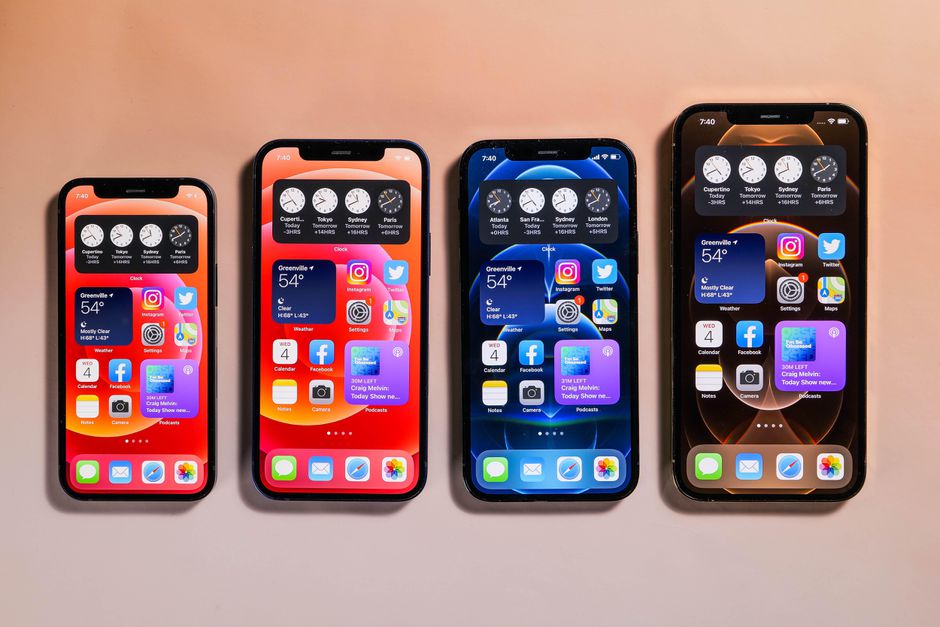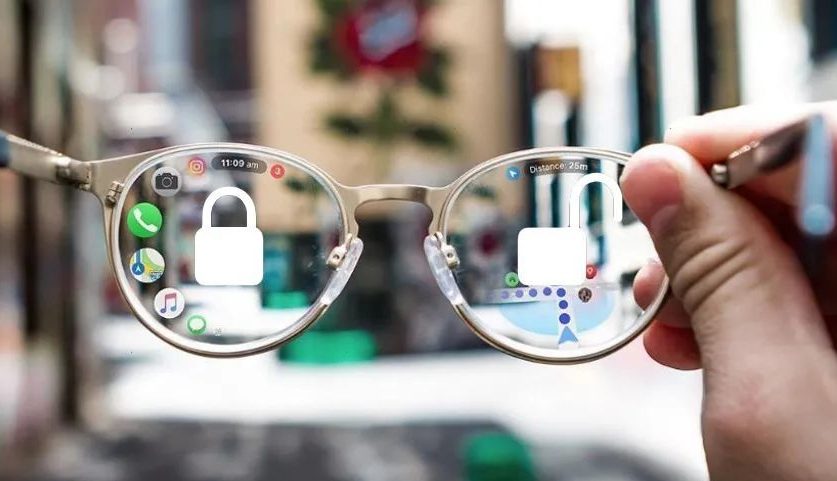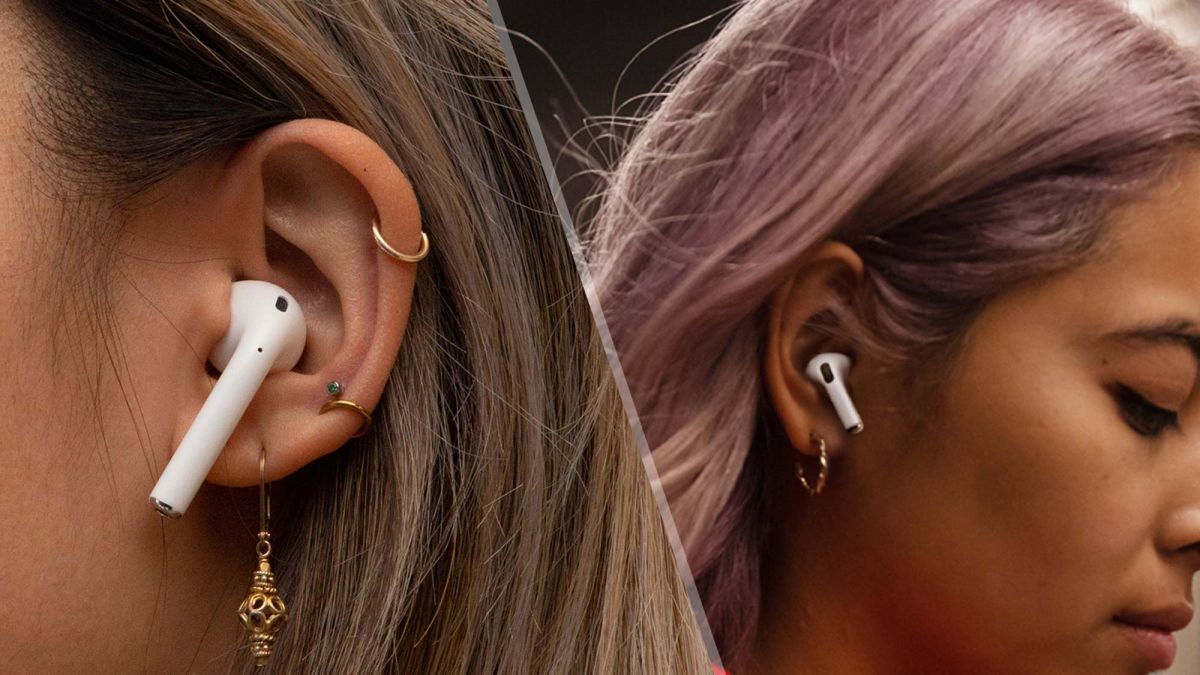It’s less than a week before the Apple conference. According to various revelations at home and abroad in the recent period, I have sorted out the new products and new features that may appear at the rumored conference, and will show you what may be available this year. Highlights.
iPhone14
This year’s new iPhones are expected to come in 6.1-inch and 6.7-inch sizes, with a total of 4 models for consumers to choose from, namely iPhone14, iPhone14max, iPhone14Pro, iPhone14 and ProMax.
In terms of overall design, little has changed. The iPhone 14 series still uses the “bangs” design to place the Face ID module and front camera, but the iPhone 14 Pro series is expected to cancel the “bangs” design and instead use the “exclamation mark” hollow design, which may be new this year The biggest change in the appearance of the iPhone.
In addition, the tradition of a new color matching every year has also continued this year. The new color matching is expected to be purple. Although Apple has launched purple iPhone 11 and iPhone 12 before, if it is the first color matching to appear in the Pro series of iPhones This is the first time on the model.
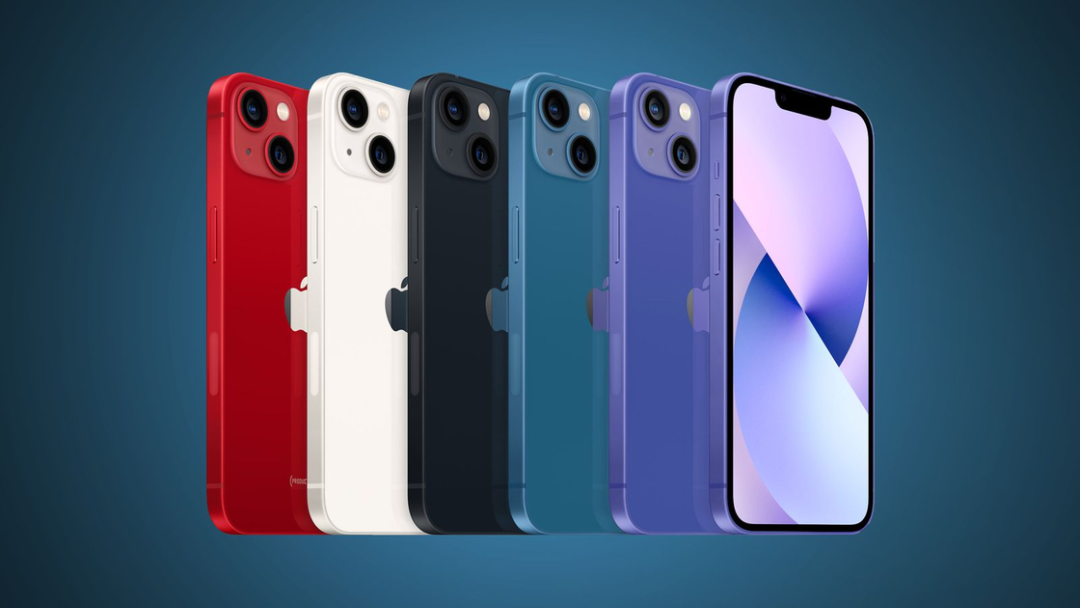
Photography is the core part of the iPhone’s replacement this year. The software experience will not be known until the press conference, while the hardware upgrade is mainly focused on the enhancement of lens quality.
The main camera parameters of the digital series will be consistent with the previous generation iPhone 13, while the main camera of the Pro series will be upgraded to 48 million pixels and support autofocus and pixel binning; the aperture of the ultra-wide-angle lens will be changed from the original on the iPhone 14 at the same time. The f/2.4 is upgraded to f/1.8, which can have a larger amount of light; the telephoto lens has been upgraded from 6x optical zoom range to 7x, that is, from 0.5X to 3.5X. In this way, the entire lens module of the rear camera part of the iPhone 14 Pro series will continue to grow larger, which is undoubtedly a helpless compromise for the comprehensive upgrade of the main camera, ultra-wide-angle and telephoto lenses.
For the front camera, the digital series and Pro series of the iPhone 14 will be fully upgraded to a lens with a wider viewing angle, the aperture is also increased to f/1.9, and autofocus is supported, which is better for users who often use iPhone video calls experience.
The A-series chips, which are regularly upgraded each year, are also slightly different this year. The iPhone 14 digital series will continue to use the same A15 chip from last year, and only the Pro series will use the upgraded A16 chip; in terms of screen refresh rates, the models of the two series are also slightly different. The digital series still has a screen refresh rate of 60Hz, while the Pro series still supports the ProMotion variable refresh rate of 1-120Hz, while adding the Always-On-Display feature; in terms of communication hardware, the entire iPhone 14 series will use Qualcomm X65 10GB 5G baseband and antenna systems.
In order to make the A16 chip and 5G baseband perform better, the iPhone 14 Pro series will also introduce the heat dissipation technology of the vacuum chamber vapor chamber for the first time to help the mobile phone run stably under high load conditions.
In other configurations, the entire iPhone 14 series will use 6GB of memory and support WiFi 6E, while the Pro series will provide a version with up to 2TB of storage space.
Apple Watch
Apple Watch updates have also been a regular feature of Apple’s fall conferences in recent years, and this year’s Apple Watch Series 8 is basically sure to be a small update.
First of all, Apple Watch Series 8 will continue to maintain the dial size of 41mm and 45mm, and the overall design will be consistent with the previous generation, of which the red version may be slightly adjusted in color.

Secondly, the new model will continue to be equipped with the S8 chip to support low-power mode, while adding a temperature sensor to monitor changes in the state of the human body, such as fever and other conditions.
Finally, the new model supports better sleep tracking. Through the Apple Watch’s own Sleep App, the new model can identify more advanced sleep stages and sleep apnea.

The rumored Apple Watch Pro has also surfaced recently. According to rumors, the Pro version has a 7% increase in screen area with the same dial size, an increase in the diagonal length to 2 inches, and a resolution of 410 x 502.

On top of that, the Apple Watch Pro’s case features a stronger titanium alloy and a more shatter-resistant screen glass to reduce damage in harsh environments.
Of course, the much-maligned battery life and battery life have also been enhanced on the Apple Watch Pro, which will last for days if low power mode is turned on.
AirPods Pro 2
It is rumored that there will be a second generation of AirPods Pro this year.
The second generation will feature the same design as the first, with the only difference likely being a hole in the charging case that can be used to play sounds when looking for a device, helping users quickly locate it. At the same time, the Find My feature of the second-generation AirPods Pro has also been enhanced to play sounds when lost.
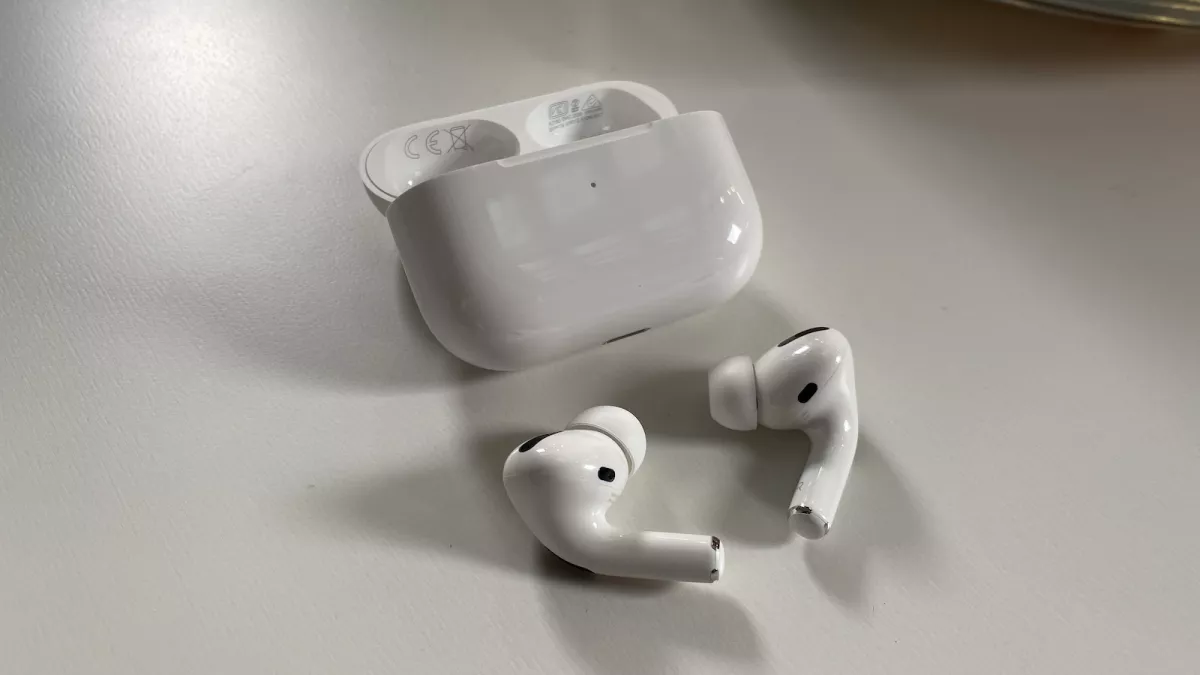
A slightly outrageous rumor is that AirPods Pro will also support heart rate detection and body temperature detection. If it is true, the price may go up a lot.
iPad 10
iPad 10 is rumored to be released in October. While the current ninth-generation iPad features the A13 Bionic chip, this year’s entry-level iPad will be powered by the A14 Bionic chip.
The performance jump from the A13 to the A14 chip is not astounding. Compared to the A13 Bionic, the A14 Bionic chip performs about 30% better than its predecessor. Of course, the performance improvements will be more noticeable to users coming from even older iPad models, not to mention that having a newer chip will help the new iPad last longer as it will get more software updates.
Perhaps one of the most anticipated changes coming to the entry-level iPad is the switch from Lightning to USB-C. At this point, the entry-level iPad is the only iPad model that still relies on Apple’s proprietary Lightning connector rather than the USB-C standard, which is now available across the Mac lineup.
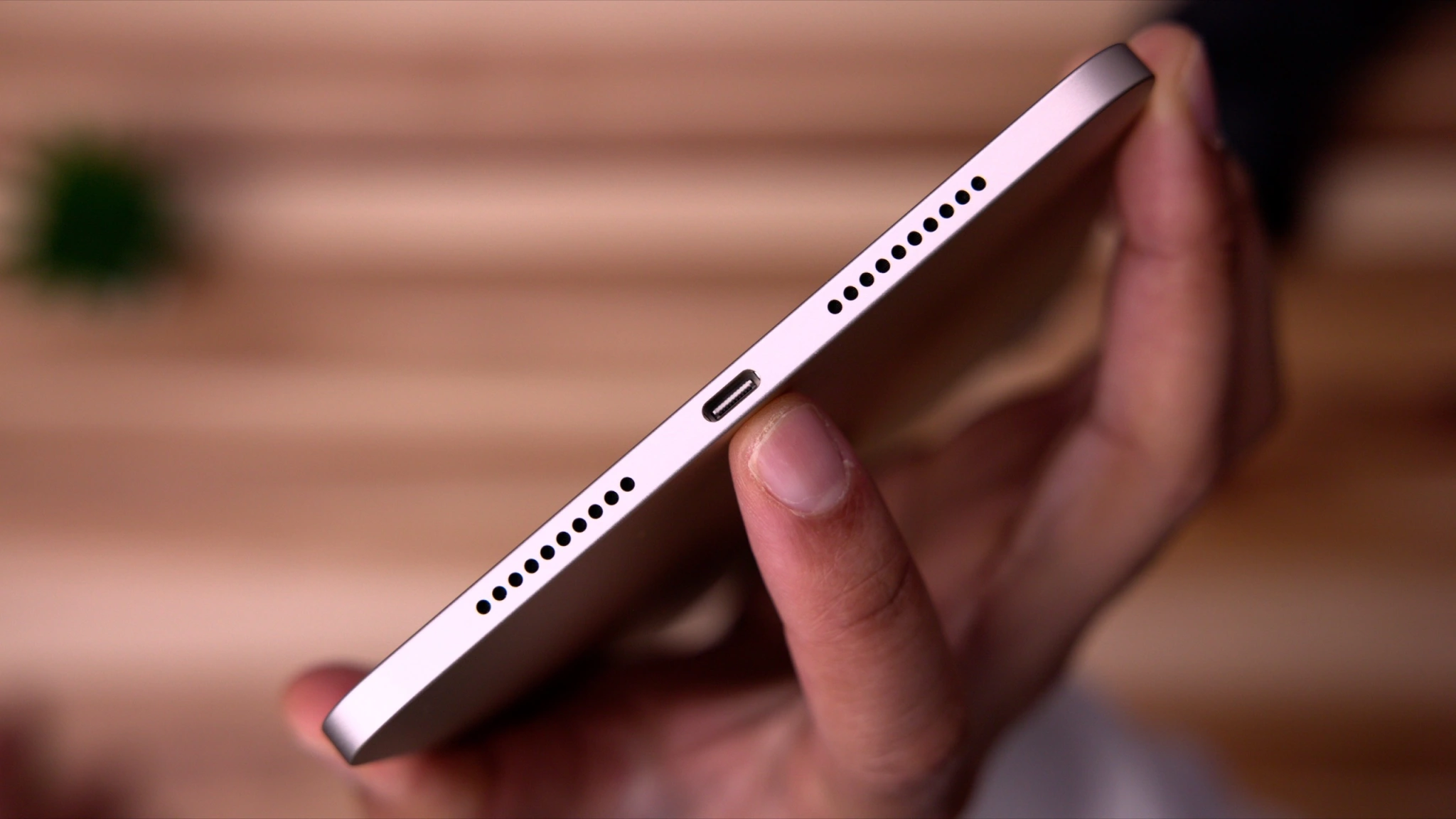
Since the new 10th-generation iPad is expected to have a USB-C port, we assume that it will also have a new, more modern design based on the latest iPad Air, iPad mini, and iPad Pro models. After all, the first-generation Apple Pencil requires a Lightning port for charging, while the second-generation Apple Pencil attaches magnetically to the side of the iPad.
Currently, Apple sells the ninth-generation iPad for $329. However, the price of entry-level iPads may be raised for the first time due to inflation and considering the increasing prices of many of Apple’s products.
As for storage capacities, they should be the same as the current generation: 64GB and 256GB. It’s unclear if Apple will add new colors other than space gray and silver to the 10th-generation iPad.

